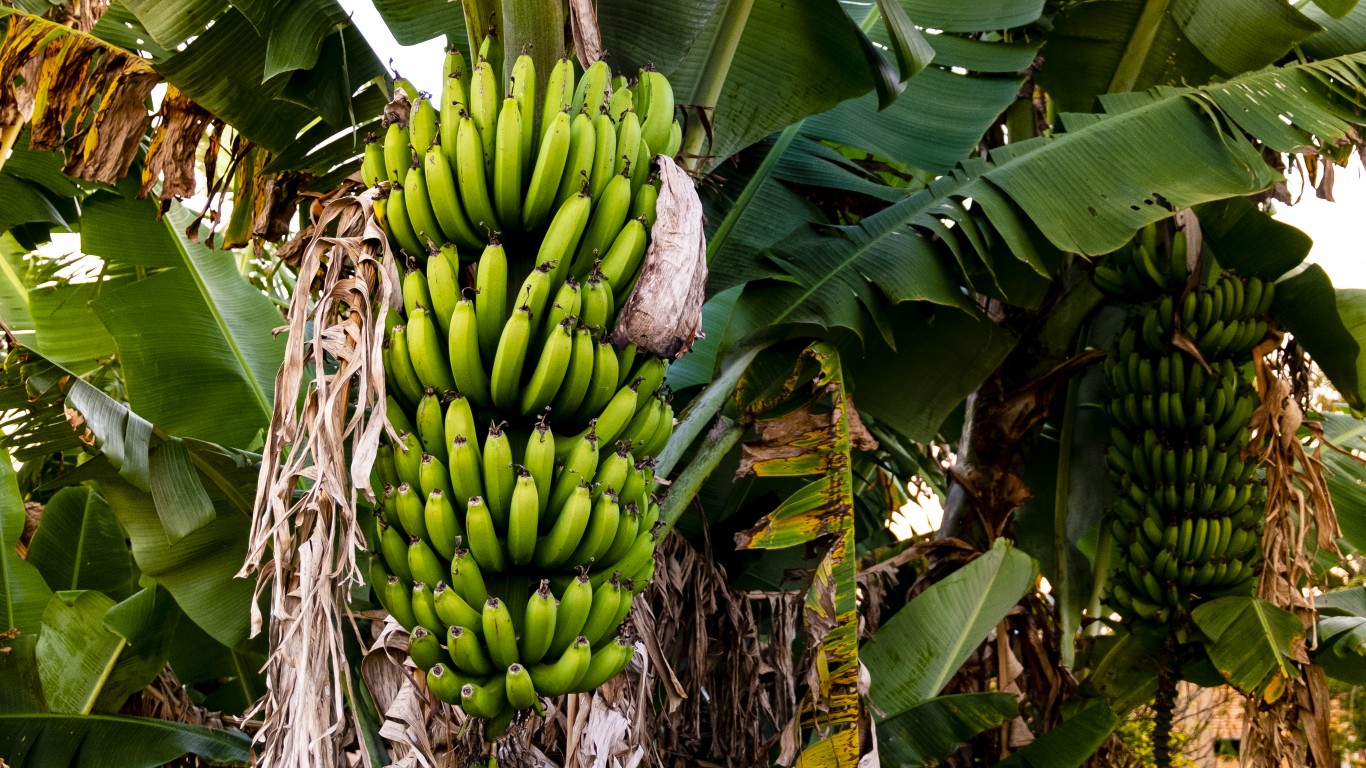
Source: Thinkstock
Corn plantings are forecast at 91.7 million acres in 2014, down 4% from last year’s total of 95.4 million acres and the lowest amount of acreage planted in corn since 2010, according to the U.S. Department of Agriculture prospective plantings report. Corn prices fell to a low close to $4 a bushel last year, following a record harvest, and have slowly worked their way back above $5 a bushel. That is still a far from a price of around $8.50 a bushel in the fall of 2012.
Now, the focus turns to the weather. Heavy rains are expected throughout the Midwest for the next few days, and that could slow down planting. After that, weather forecasts call for more cool and wet weather, not optimal for planting. Preparing and fertilizing the ground are already behind schedule in the eastern Midwest, according to a report in The Wall Street Journal.
Soybean prices have reached a six-month high of around $14.90 a bushel. Soy oil and soy meal are primarily used for cattle feed, although some is used for food items like soy milk and tofu. The current high price for soybeans is due to speculation that this year’s crop will not be as large as expected.
Demand from fuel ethanol makers is also limiting corn production. About 40% of the corn crop now goes to make ethanol, but that number will not grow any larger, barring an unexpected change of heart on the part of the federal government.
Corn exports have fallen too as production has risen in other parts of the world. In 2013 the U.S. share of the world corn market was just 20%. That is expected to rise to 36% this year, but that is only about half the share the U.S. had in 2006. Historically the United States has accounted for two-thirds or more of global corn exports.
Just a word about wheat as well. Acreage planted in wheat this year is expected to drop 1% to 55.8 million acres. At a recent price of around $6.75 a bushel, wheat prices are about $1 a bushel lower than they were a year ago at this time, but more than a $1.25 a bushel higher than their low point in late January.
The Teucrium Corn ETF (NYSEMKT: CORN) closed at $35.06 on Tuesday, up 1.1% in a 52-week range of $3012 to $43.00.
The Teucrium Wheat ETF (NYSEMKT: WEAT) closed down about 1.1%, at $16.29 in a 52-week range of $13.31 to $19.50.
The PowerShares DB Agriculture ETF (NYSEMKT: DBA) closed down about 0.5%, at $28.19 in a 52-week range of $24.04 to $28.95.
Sponsored: Want to Retire Early? Here’s a Great First Step
Want retirement to come a few years earlier than you’d planned? Or are you ready to retire now, but want an extra set of eyes on your finances?
Now you can speak with up to 3 financial experts in your area for FREE. By simply clicking here you can begin to match with financial professionals who can help you build your plan to retire early. And the best part? The first conversation with them is free.
Click here to match with up to 3 financial pros who would be excited to help you make financial decisions.
Thank you for reading! Have some feedback for us?
Contact the 24/7 Wall St. editorial team.



